Abstract
In discrimination training with the Lyons' blackout method, pecks to the negative stimulus are prevented by darkening the chamber each time the subject approaches the negative stimulus. Stimulus generalization along a stimulus dimension was measured after training with this method. For comparison, generalization was also measured after reinforced responding to the positive stimulus without discrimination training, and after discrimination training by extinction of pecks to the negative stimulus. The blackout procedure and the extinction of pecks to the negative stimulus both produced a peak shift in the generalization gradients. The results suggest that after discrimination training in which the positive and negative stimulus are on the same continuum, the blackout method produces extinction-like effects on generalization tests.
Full text
PDF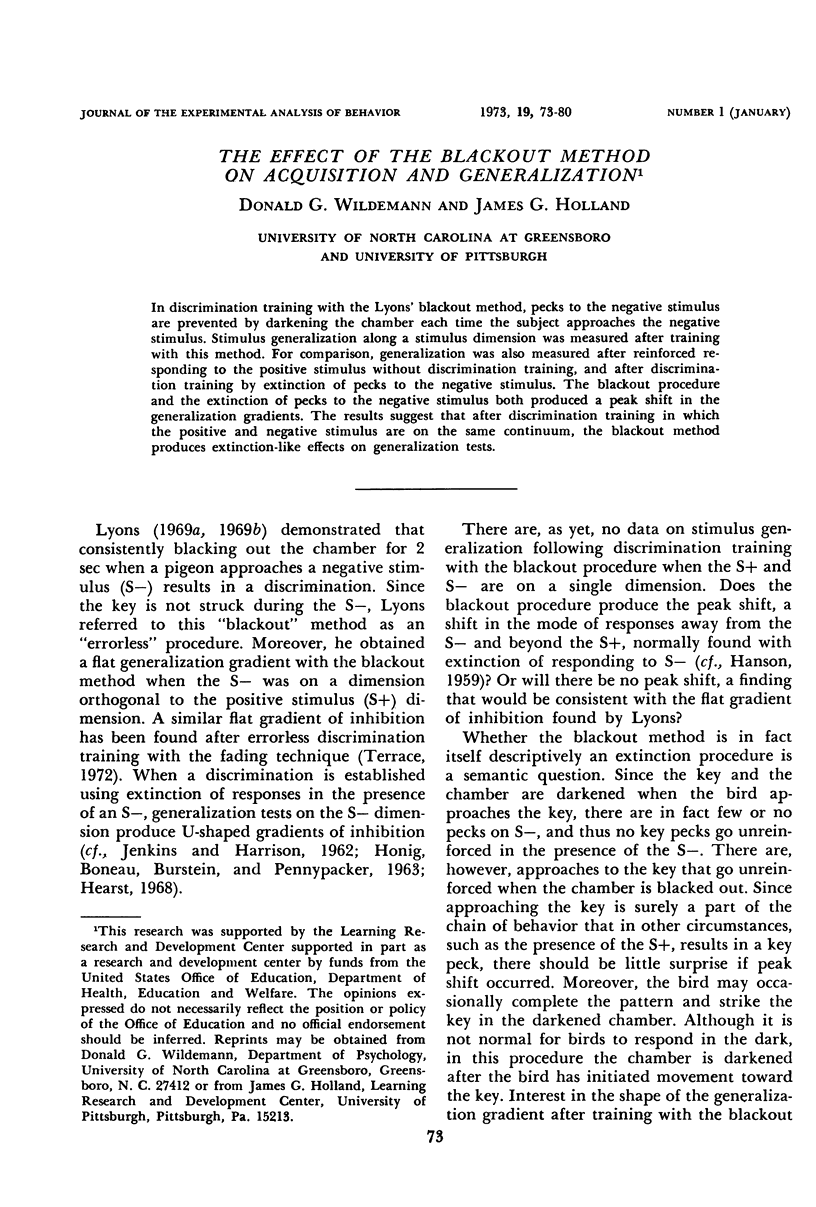
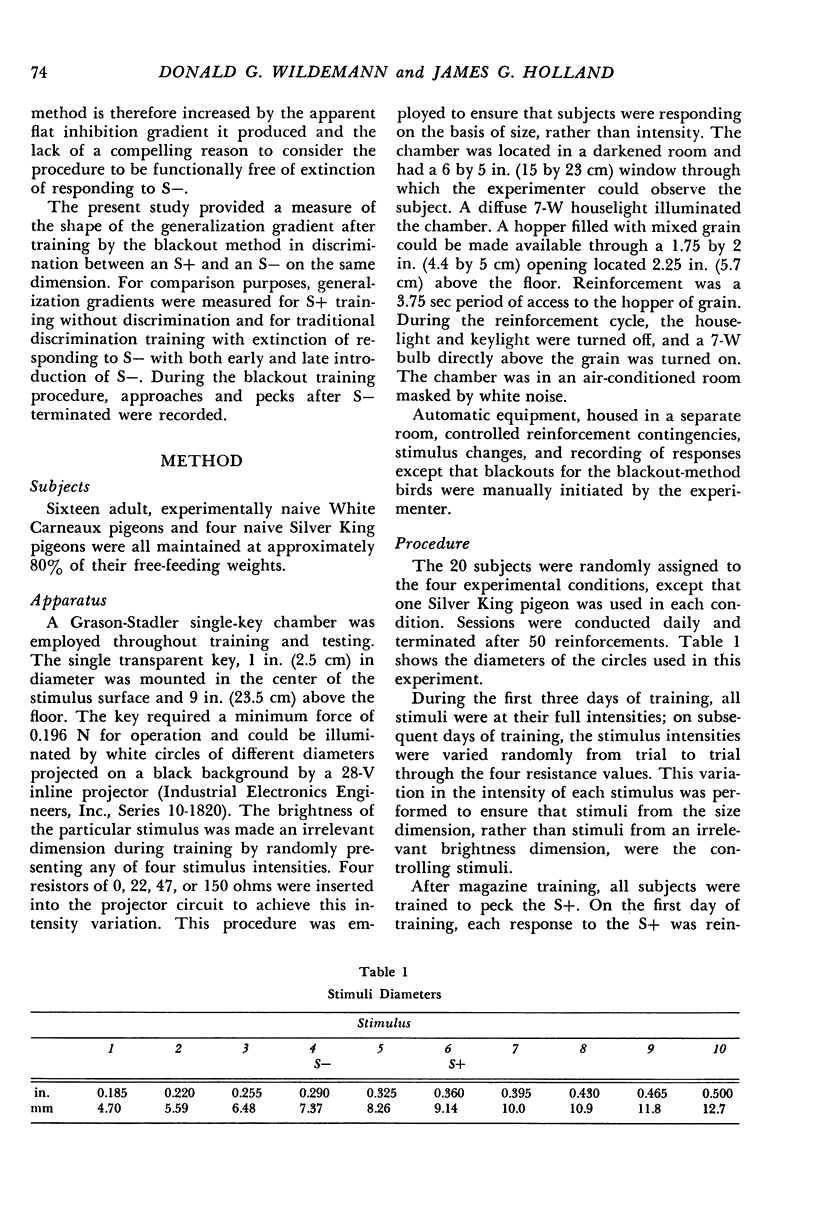
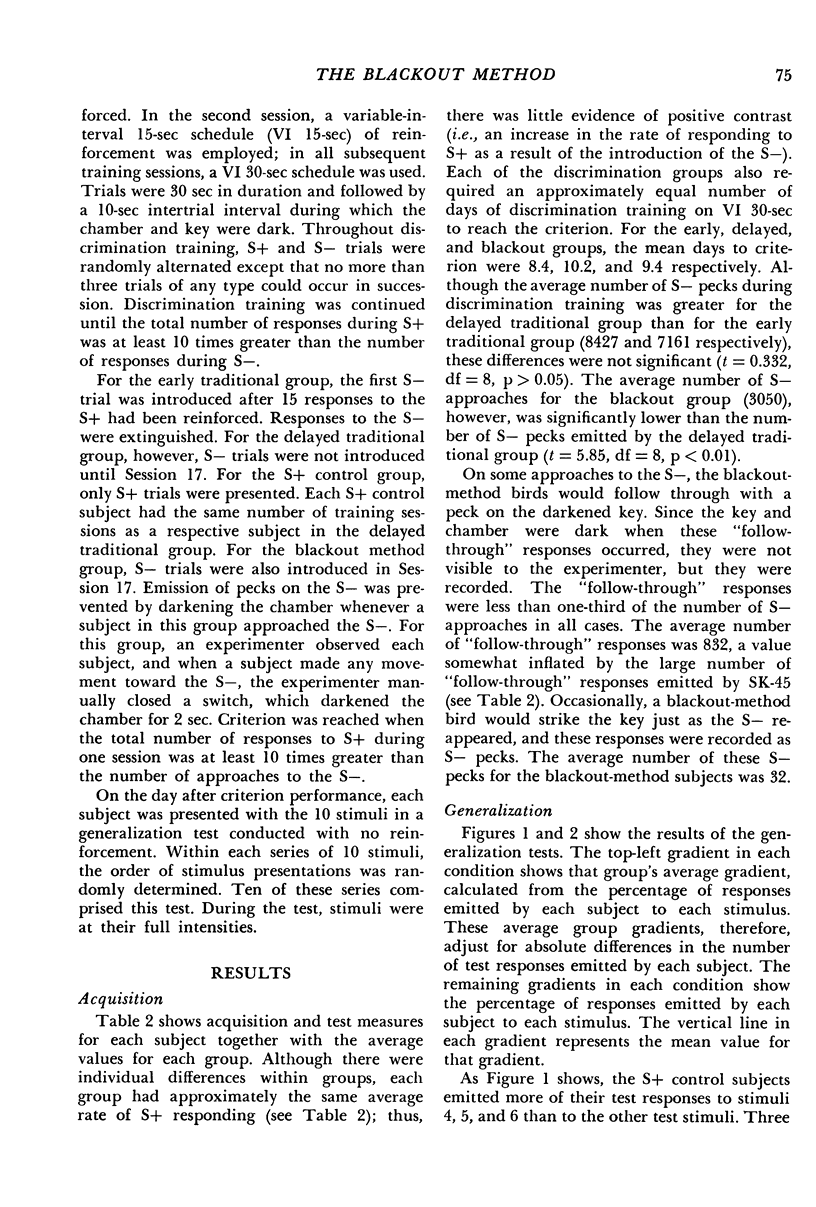
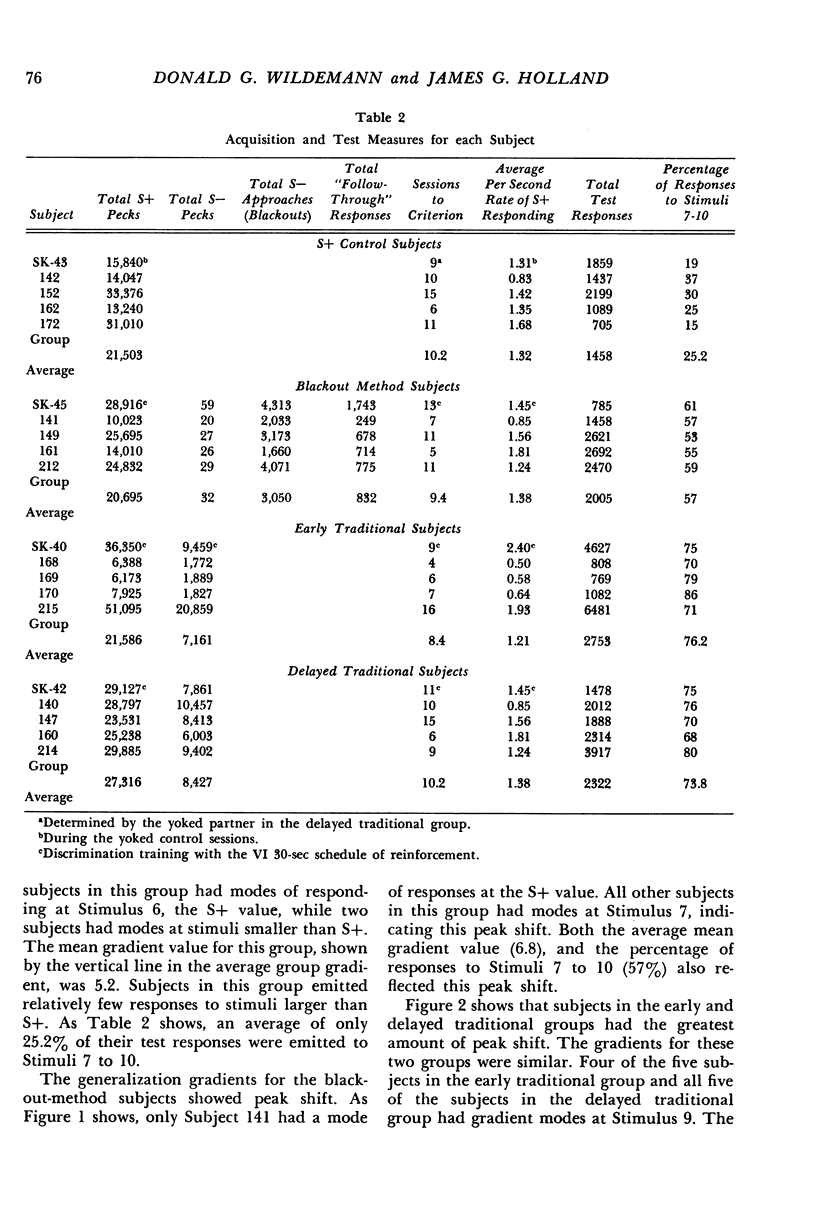
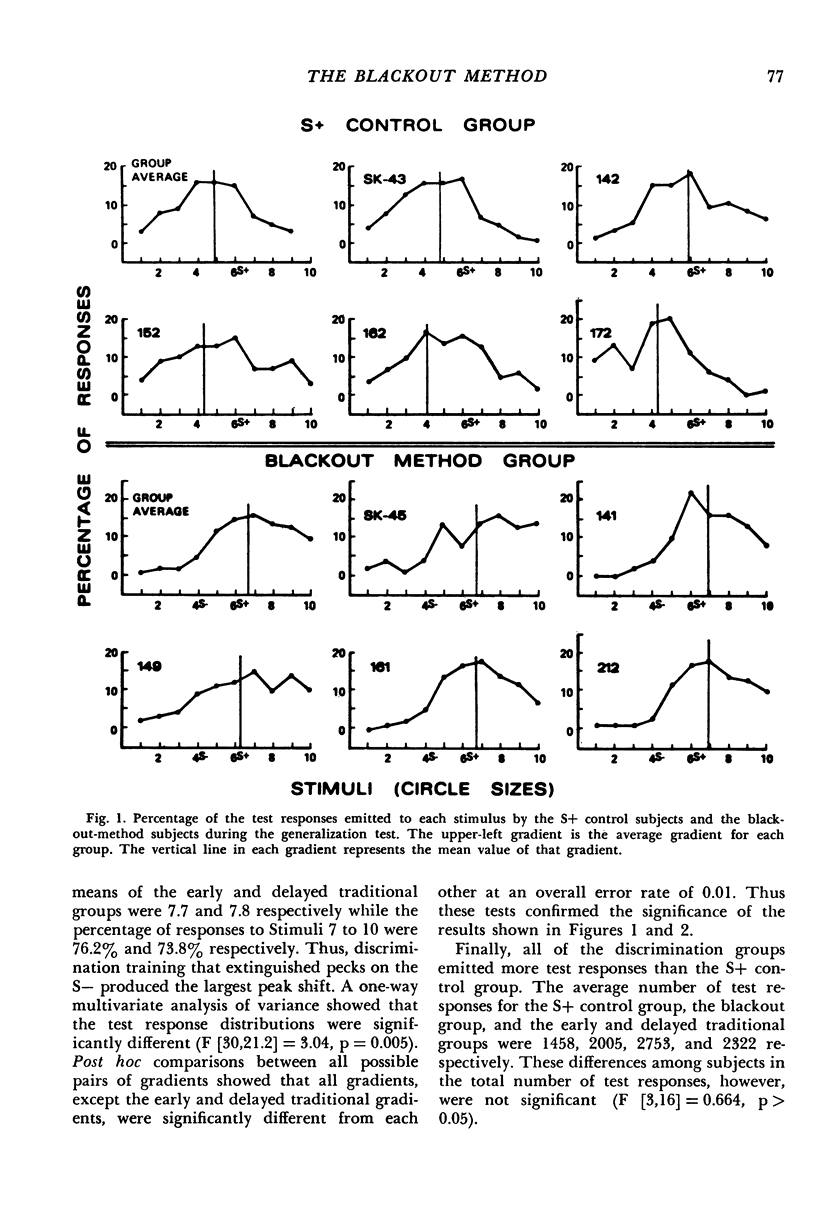
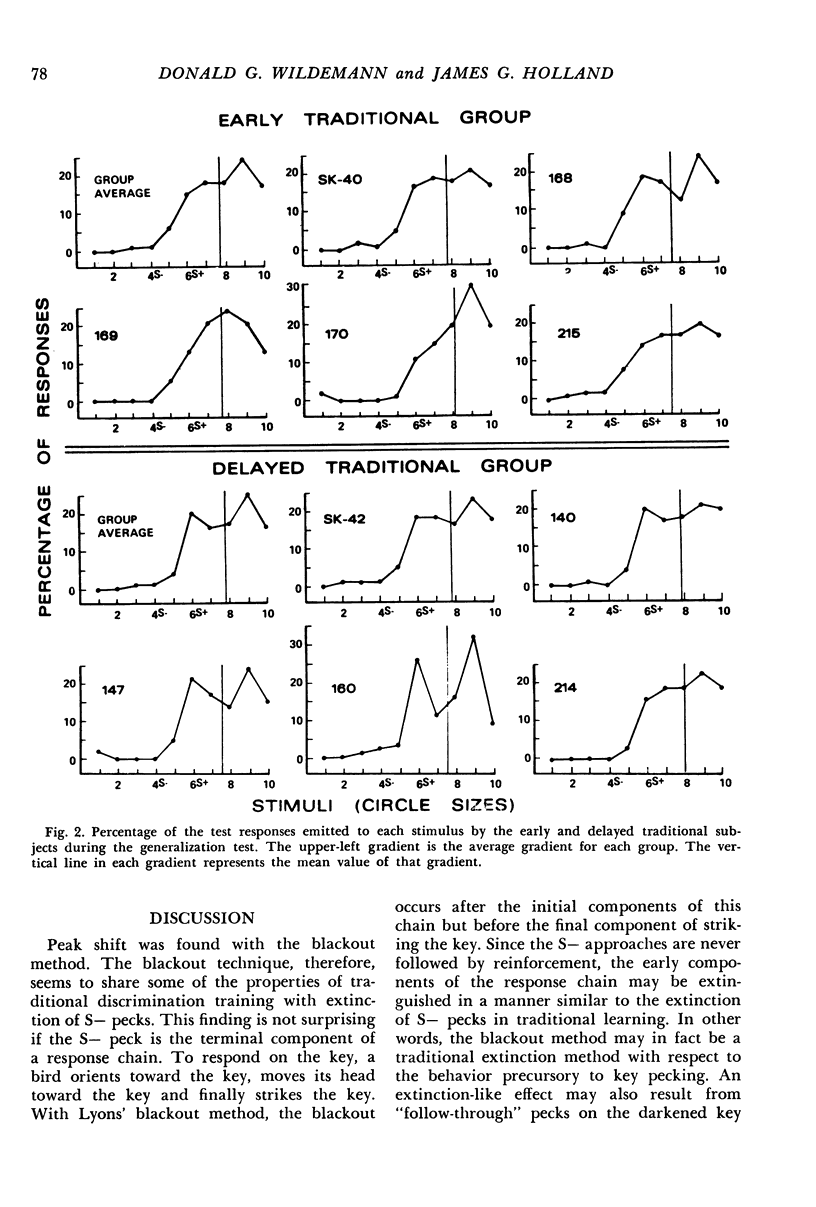
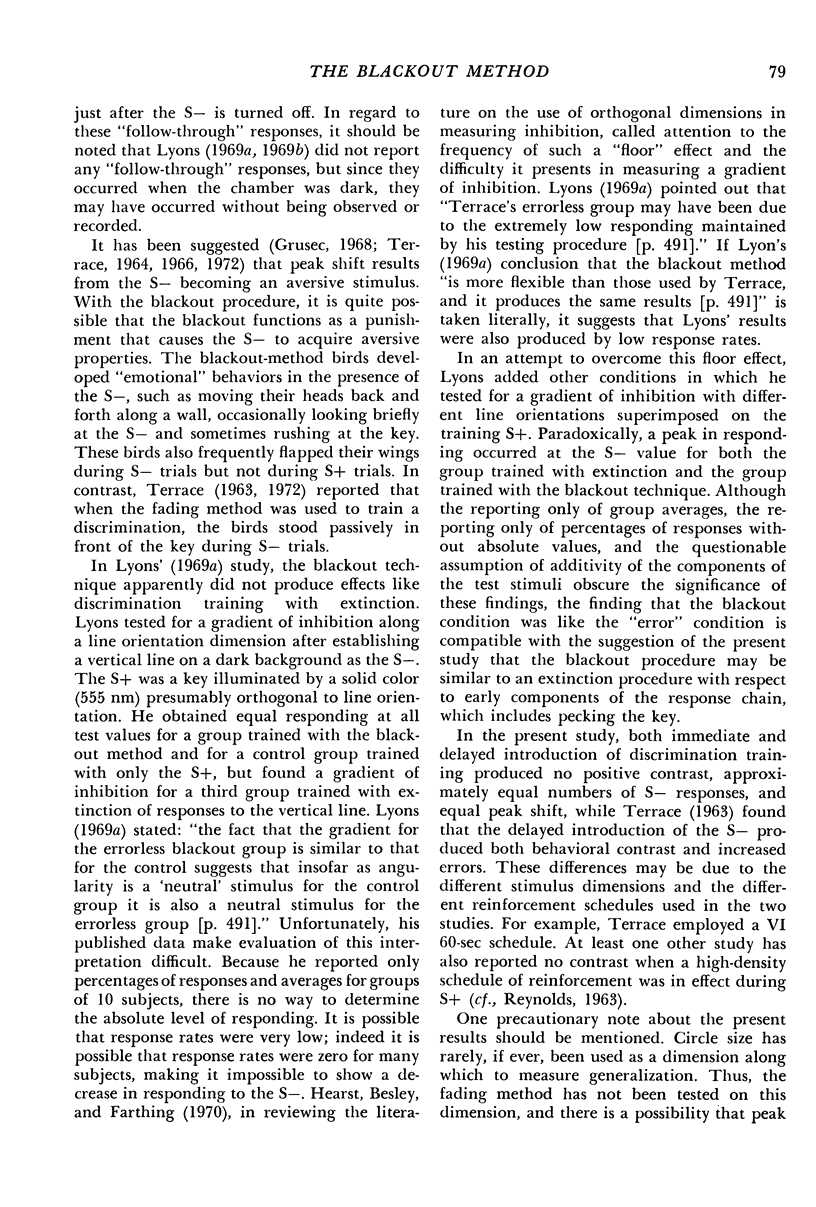
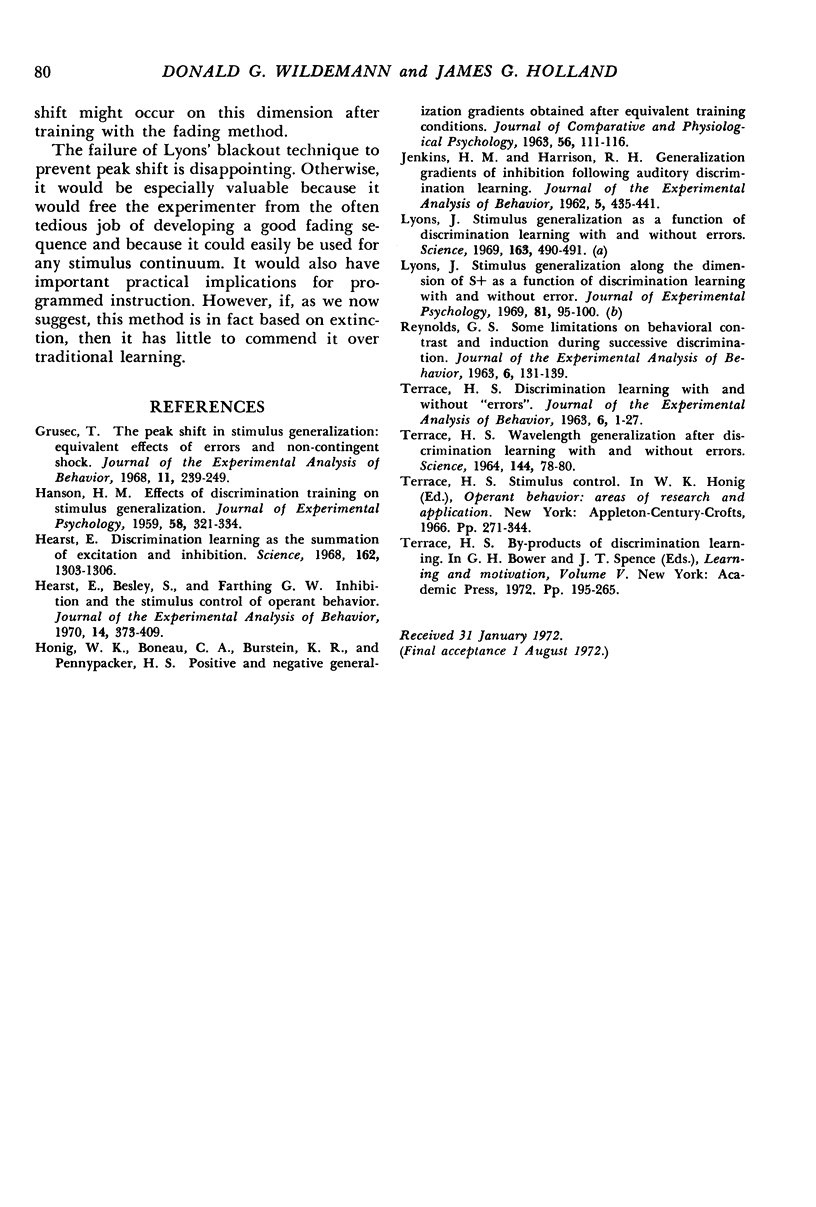
Selected References
These references are in PubMed. This may not be the complete list of references from this article.
- Grusec T. The peak shift in stimulus generalization: equivalent effects of errors and noncontingent shock. J Exp Anal Behav. 1968 May;11(3):239–249. doi: 10.1901/jeab.1968.11-239. [DOI] [PMC free article] [PubMed] [Google Scholar]
- HANSON H. M. Effects of discrimination training on stimulus generalization. J Exp Psychol. 1959 Nov;58:321–334. doi: 10.1037/h0042606. [DOI] [PubMed] [Google Scholar]
- Hearst E., Besley S., Farthing G. W. Inhibition and the stimulus control of operant behavior. J Exp Anal Behav. 1970 Nov;14(3 Pt 2 Suppl):373–409. doi: 10.1901/jeab.1970.14-s373. [DOI] [PMC free article] [PubMed] [Google Scholar]
- Hearst E. Discrimination learning as the summation of excitation and inhibition. Science. 1968 Dec 13;162(3859):1303–1306. doi: 10.1126/science.162.3859.1303. [DOI] [PubMed] [Google Scholar]
- JENKINS H. M., HARRISON R. H. Generalization gradients of inhibition following auditory discrimination learning. J Exp Anal Behav. 1962 Oct;5:435–441. doi: 10.1901/jeab.1962.5-435. [DOI] [PMC free article] [PubMed] [Google Scholar]
- Lyons J. Stimulus generalization as a function of discrimination learning with and without errors. Science. 1969 Jan 31;163(3866):490–491. doi: 10.1126/science.163.3866.490. [DOI] [PubMed] [Google Scholar]
- REYNOLDS G. S. Some limitations on behavioral contrast and induction during successive discrimination. J Exp Anal Behav. 1963 Jan;6:131–139. doi: 10.1901/jeab.1963.6-131. [DOI] [PMC free article] [PubMed] [Google Scholar]
- TERRACE H. S. Discrimination learning with and without "errors". J Exp Anal Behav. 1963 Jan;6:1–27. doi: 10.1901/jeab.1963.6-1. [DOI] [PMC free article] [PubMed] [Google Scholar]
- TERRACE H. S. WAVELENGTH GENERALIZATION AFTER DISCRIMINATION LEARNING WITH AND WITHOUT ERRORS. Science. 1964 Apr 3;144(3614):78–80. doi: 10.1126/science.144.3614.78. [DOI] [PubMed] [Google Scholar]


